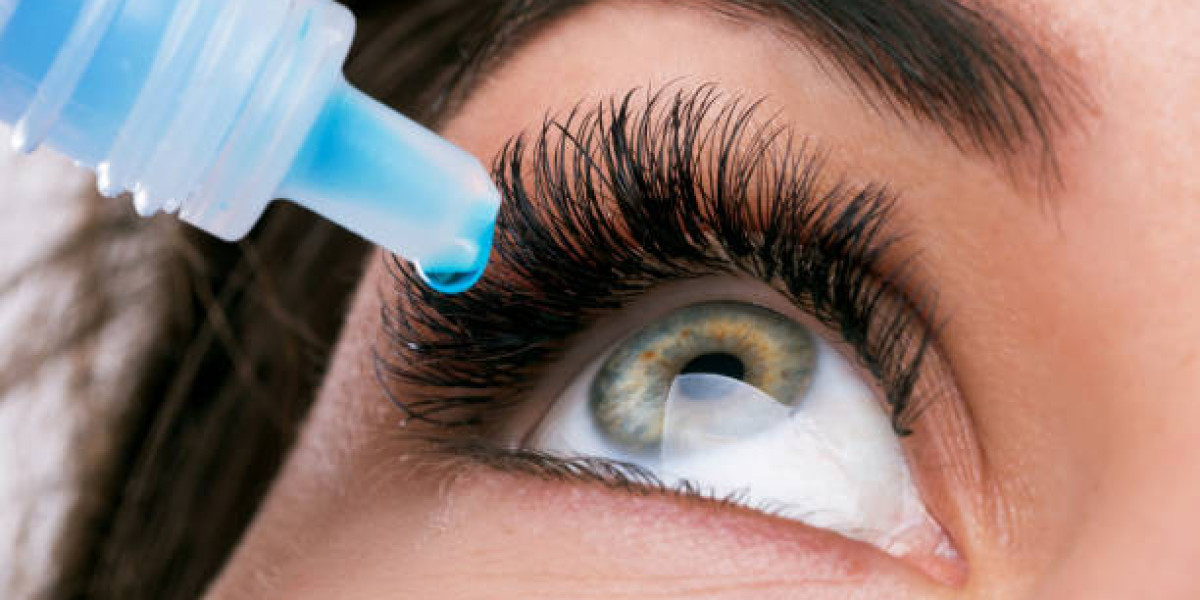Dry eye syndrome (DES), also known as keratoconjunctivitis sicca, is a common yet often overlooked condition affecting millions worldwide. Characterized by insufficient tear production or poor-quality tears, it can significantly impact a person’s quality of life. Symptoms such as burning, itchiness, and irritation are not merely uncomfortable; they can lead to more severe ocular issues if untreated. This article explores the underlying causes of dry eye treatment, groundbreaking treatments, and effective preventive measures to mitigate symptoms and improve eye health.
Understanding Dry Eye Syndrome
Dry eye syndrome occurs when the eyes do not produce enough tears or when the tears evaporate too quickly. Tears are vital for maintaining the health of the front surface of the eye and providing clear vision. They consist of three layers: the oily outer layer, the watery middle layer, and the mucus inner layer. An imbalance in any of these layers can lead to DES.
Common Causes
- Aging: Tear production tends to decrease with age.
- Medication: Antihistamines, antidepressants, and blood pressure medications can reduce tear production.
- Medical Conditions: Autoimmune diseases like Sjogren’s syndrome, rheumatoid arthritis, and diabetes can contribute to dry eyes.
- Environmental Factors: Prolonged exposure to wind, smoke, or dry climates can worsen symptoms.
- Screen Time: Extensive use of computers, smartphones, and other digital screens can reduce blink rate, leading to increased evaporation of tears.
Groundbreaking Treatments for Dry Eye Syndrome
Advancements in medical science have led to a variety of treatment options for dry eye syndrome. These treatments range from simple over-the-counter solutions to more complex medical procedures.
Over-the-Counter Solutions
- Artificial Tears: Lubricant eye drops can provide temporary relief for mild dry eye. They are often the first line of treatment.
- Gels and Ointments: For longer-lasting relief, especially overnight, thicker gels and ointments can be used.
Prescription Medications
- Cyclosporine Eye Drops (Restasis): This medication helps increase tear production by reducing inflammation in the tear glands.
- Lifitegrast (Xiidra): These drops are used to reduce inflammation and improve symptoms of dry eye disease.
Advanced Medical Treatments
- Punctal Plugs: These tiny devices inserted into the tear ducts help prevent tear drainage, maintaining tear volume on the eye surface.
- Lipiflow: This thermal pulsation treatment unclogs blocked meibomian glands (which secrete oils into the tears) by applying controlled heat and pressure.
- Intense Pulsed Light (IPL) Therapy: Originally used for skin conditions, IPL therapy can treat dry eye by targeting and reducing inflammation around the eyelids.
Preventive Measures and Lifestyle Modifications
Preventing dry eye syndrome involves a combination of lifestyle changes and eye care practices. Here are some effective measures:
Environmental Control
- Humidifiers: Adding moisture to the air with a humidifier can help reduce dry eye symptoms, especially in dry or air-conditioned environments.
- Wearing Sunglasses: Wraparound sunglasses can protect eyes from wind and debris, reducing tear evaporation.
- Taking Breaks from Screens: Following the 20-20-20 rule (taking a 20-second break every 20 minutes to look at something 20 feet away) can help reduce strain and dryness.
Nutritional Support
- Omega-3 Fatty Acids: Consuming omega-3 fatty acids, found in fish oil supplements or foods like salmon and flaxseeds, can improve tear quality and reduce inflammation.
- Hydration: Drinking plenty of water is essential for overall health and maintaining adequate tear production.
Proper Eye Hygiene
- Warm Compresses: Applying a warm compress to the eyes can help unclog oil glands and improve tear quality.
- Eyelid Cleansing: Regular cleaning of the eyelids can remove debris and reduce inflammation. Special lid wipes or diluted baby shampoo can be used for this purpose.
Conclusion
Dry eye syndrome is a prevalent but manageable condition. With a range of treatment options, from simple artificial tears to advanced medical therapies, individuals suffering from DES can find relief and improve their quality of life. Preventive measures and lifestyle modifications also play a crucial role in managing symptoms and promoting ocular health. As research continues, more innovative treatments are on the horizon, offering hope and comfort to those affected by dry eye syndrome. Regular consultations with an eye care professional are recommended to tailor treatments to individual needs and ensure optimal eye health.



